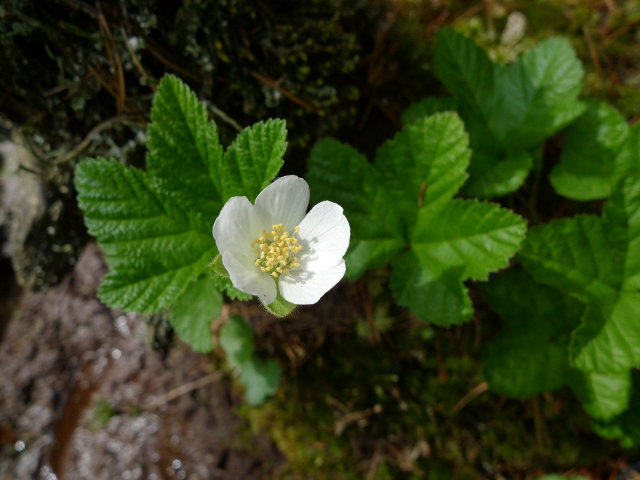Published at 08:43 on 29 May 2018
The official instructions for the uBITX transceiver kit recommend wiring the hot side of the audio out to both the tip and ring connectors. I consider this to be a faulty design and thus an error.
If you plug a stereo device into the jack wired per those instructions, it will work. If you plug a monaural device into the jack, it will cause a short circuit between ring and sleeve, because the sleeve on a mono plug is longer than the sleeve on a stereo one (the tips being the same size, and there being no ring). This short circuit can cause the receiver’s audio section (specifically its output transistor) to self-destruct!
Contrast that with wiring it with the hot side of the audio to tip only, as I recommend. That way you have something that works completely with a monaural device and works somewhat (left channel only) on a stereo device. Works (to at least some degree) with both versus works on one and self-destructs on another. It’s pretty darn obvious which is the better engineering choice.
This is mentioned on uBITX.net, but it isn’t mentioned as prominently as some other errata are (or even labeled as an error), so I figured I’d mention it here. In my opinion, it definitely is incorrect, because it qualifies as faulty design.
It’s particularly nasty because the uBITX receiver is of course a monaural device, making it only logical to assume it has a standard monaural output. Murphy’s Law means that uBITX wired per the standard instructions will sooner or later have an unwitting user (a guest, someone at Field Day, etc.) fall into this pitfall that was laid for them.
What they were trying to do is use a stereo jack in a manner that causes both stereo and monaural devices to fully and properly work. There is a way to do that: use a stereo jack whose sleeve is isolated from ground, and wire ground to ring and hot to tip. This will cause a mono plug to get signal presented at tip and sleeve, and a stereo one to get signal presented at tip and ring. The latter will result in both speakers being connected in series, if the sleeve is isolated from ground.
If the latter is not the case (and it cannot be with a metal case and the stock jacks furnished with the uBITX), ring and sleeve will end up being shorted and you’re back to seeing a signal in the left channel only. Not drastic, but not the full universal performance desired, either.
Instead of using a nonstandard technique that paves the path to a future mishap, it’s far better to just wire it as a mono device and use an easily-obtainable external mono-to-stereo adaptor if you want to feed audio to a stereo device.




